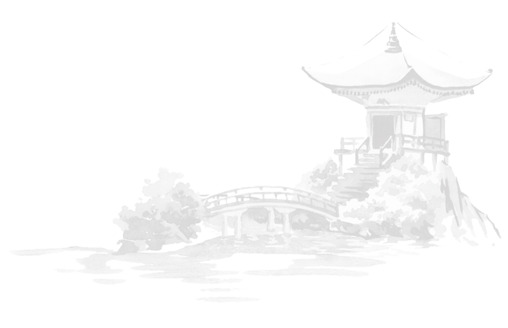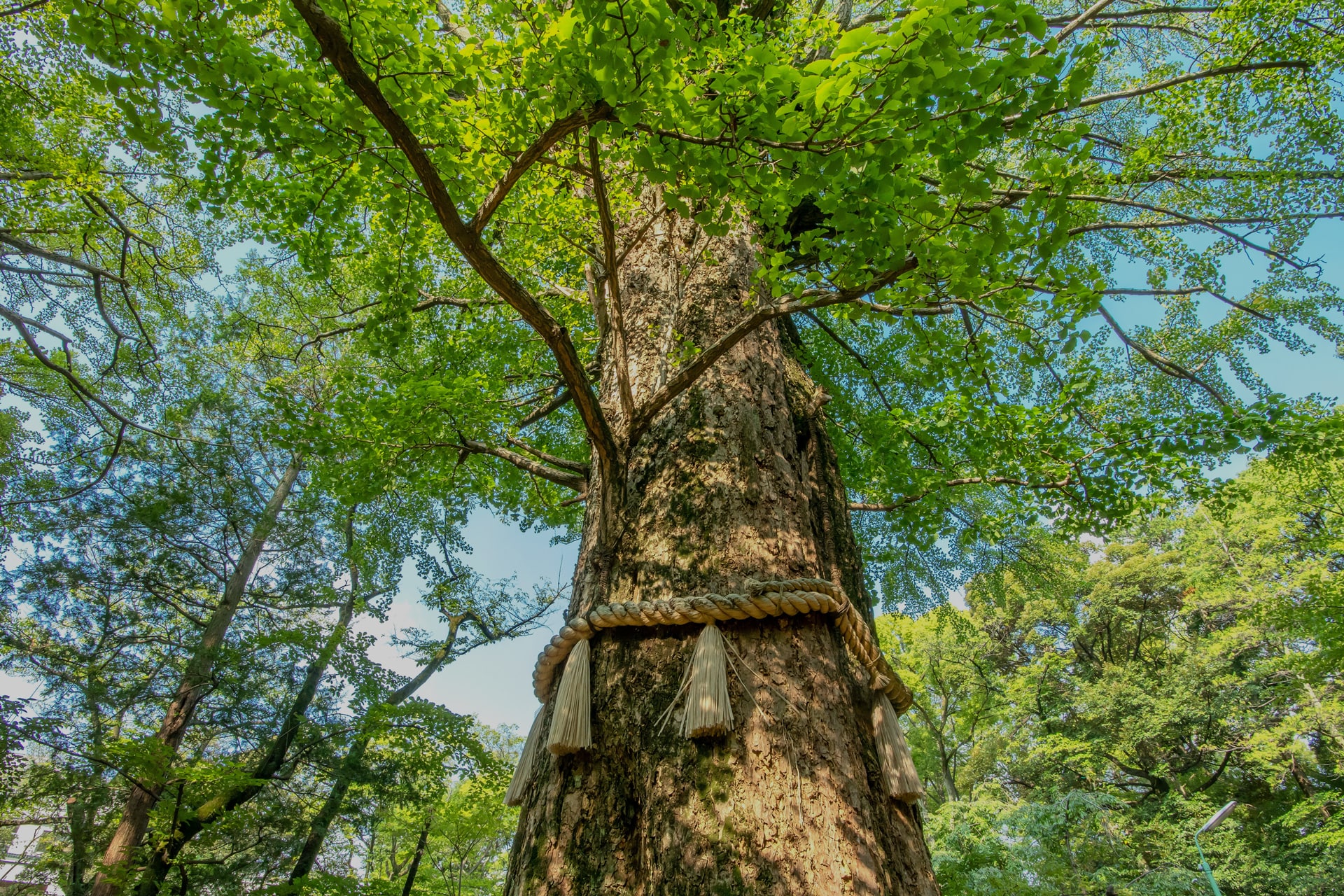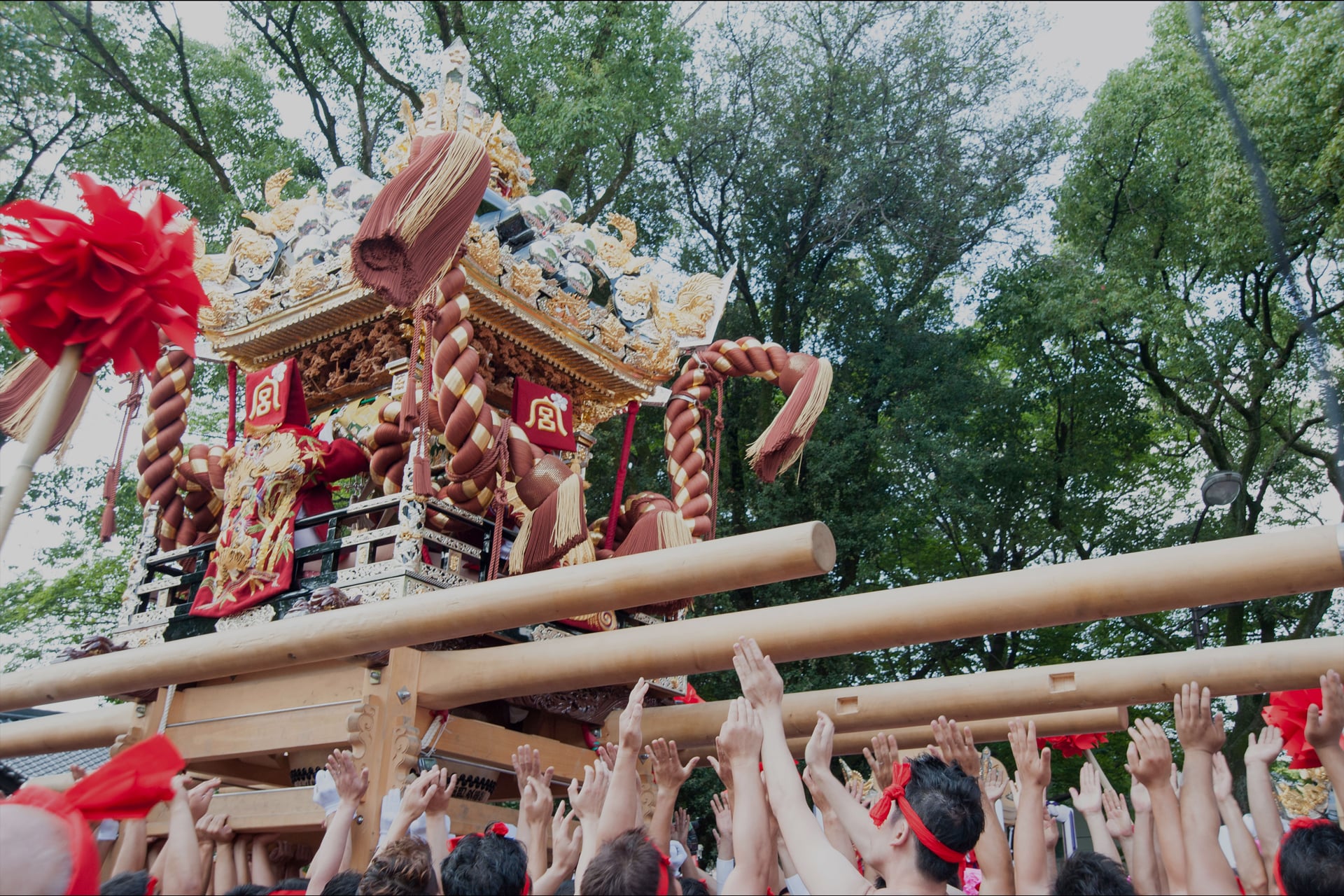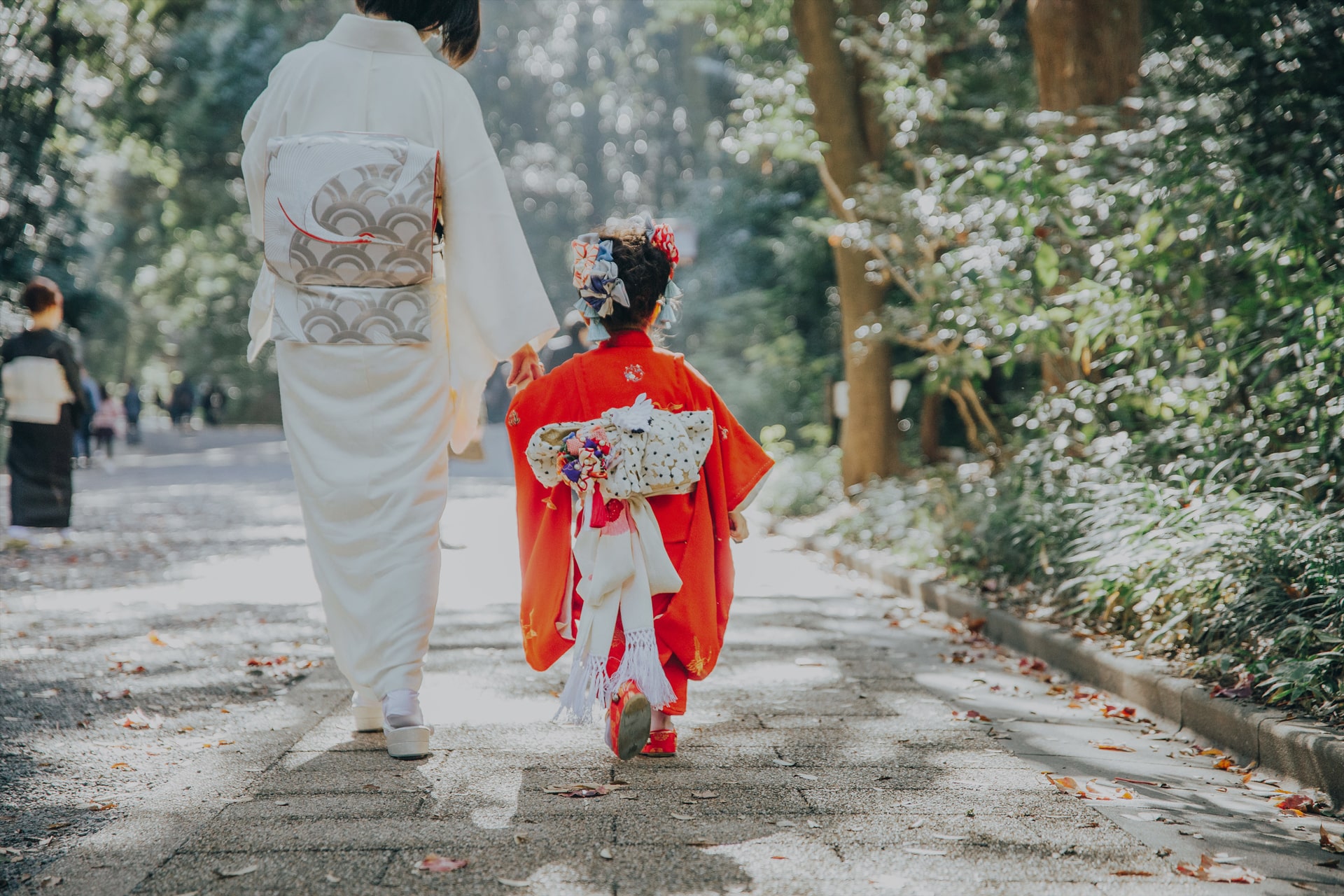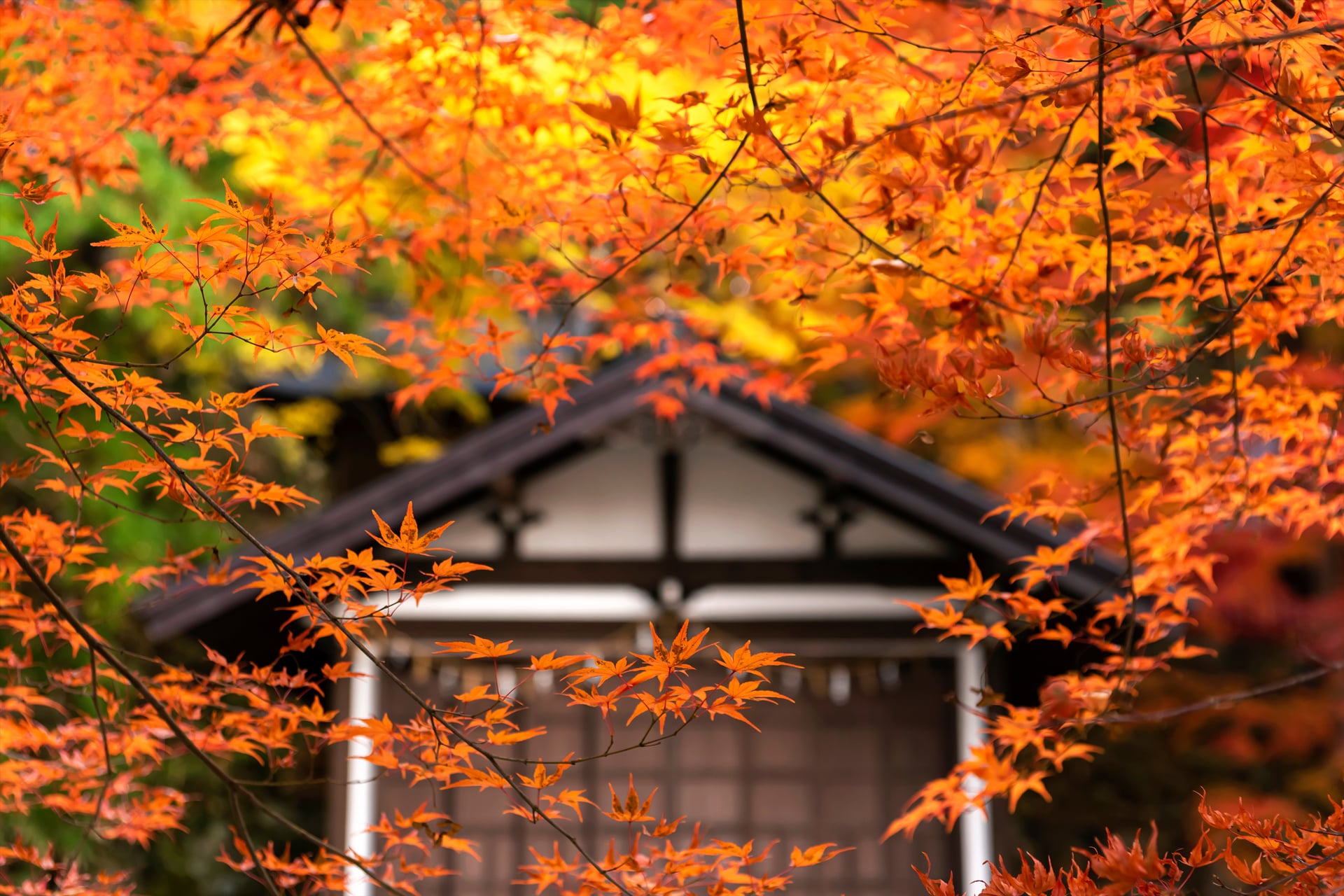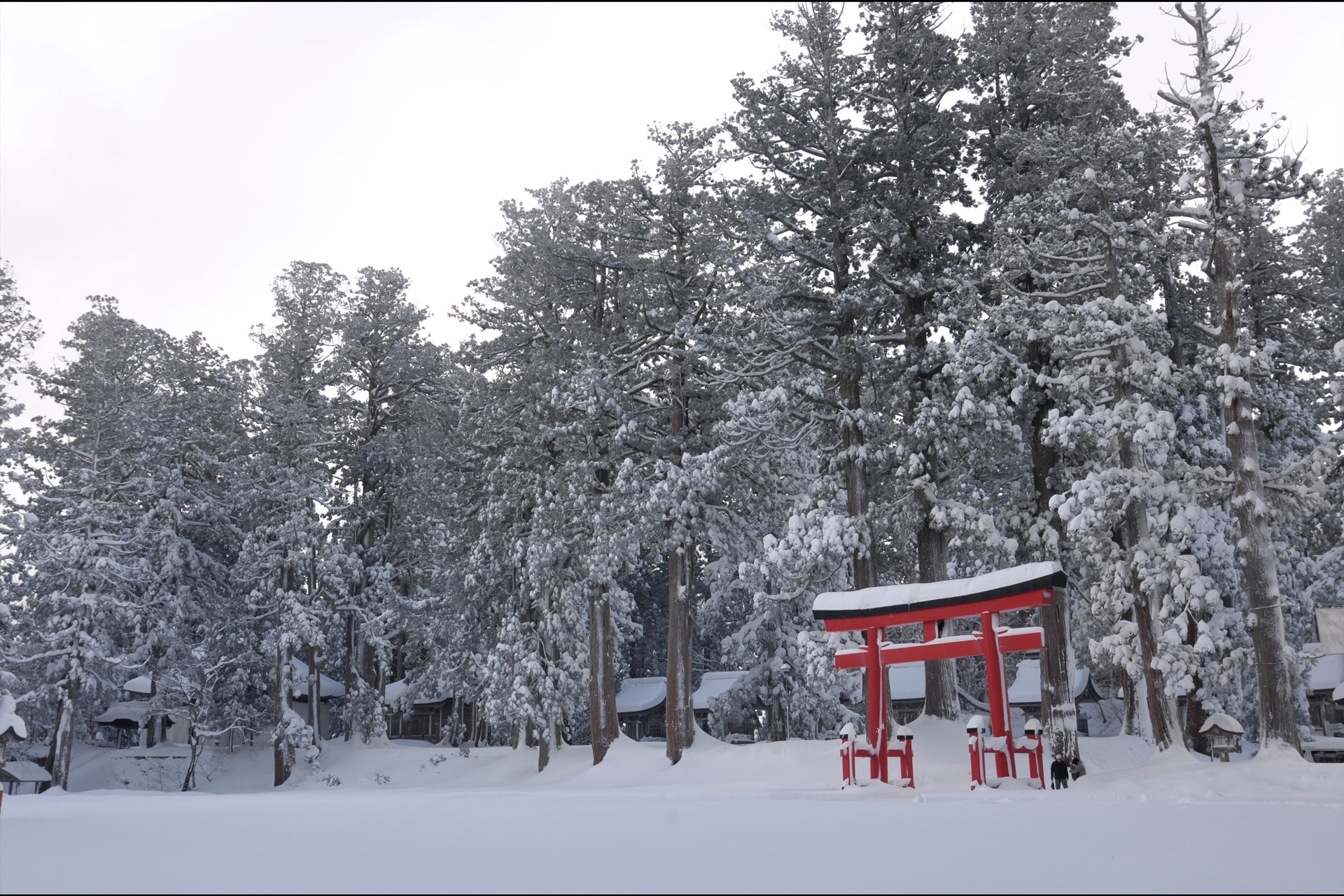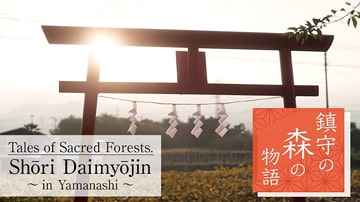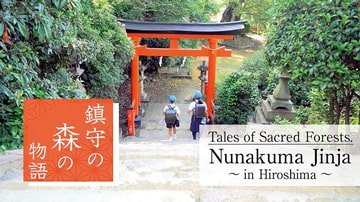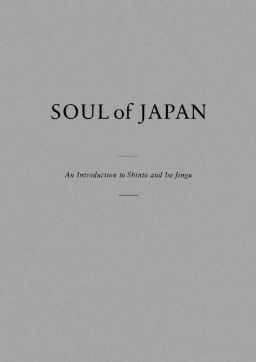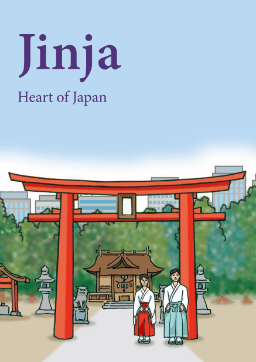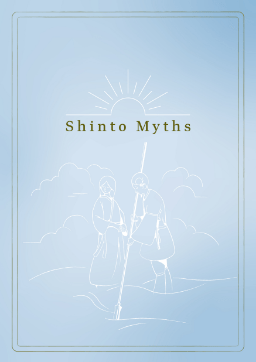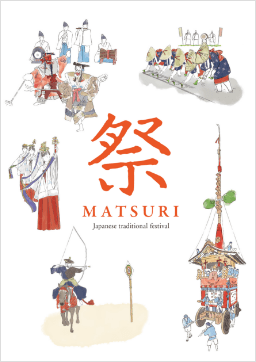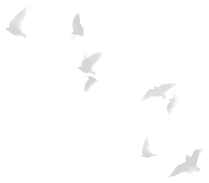
Heart of Japan
The tradition of venerating the kami has formed the core of Japanese culture for millennia.
The kami are enshrined in jinja at the heart of communities across the whole country.

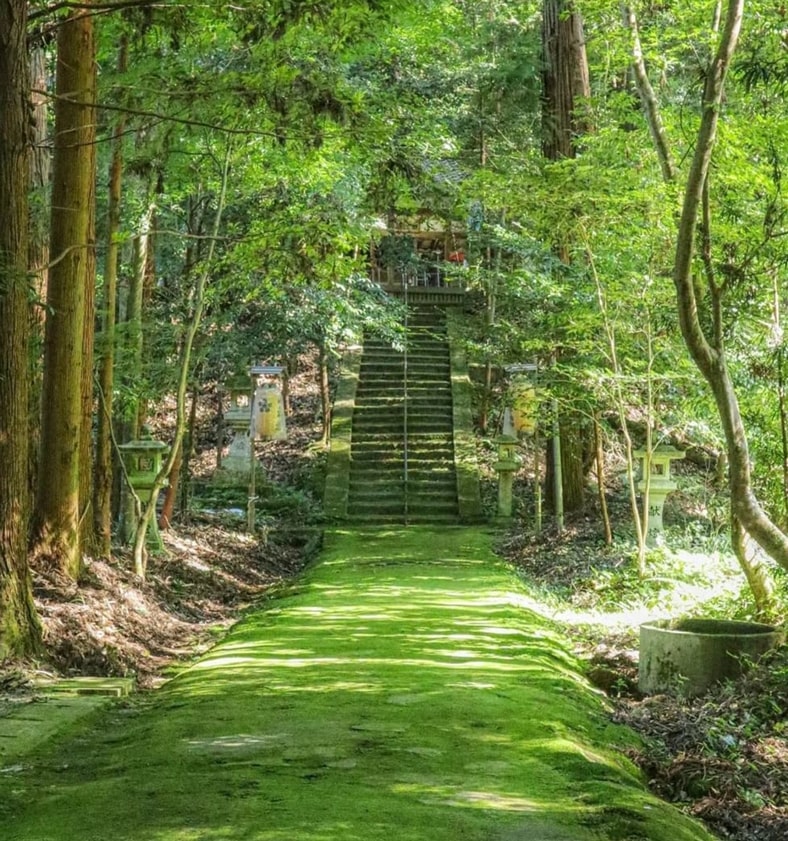
 What is Shinto?
What is Shinto?
The traditions of Shinto have been part of Japanese culture since ancient times.
Shinto has no founder, no dogma, and no scripture, and is expressed through reverence for nature and ancestors.
The annual cycle of festivals is followed among rural rice fields and city skyscrapers.

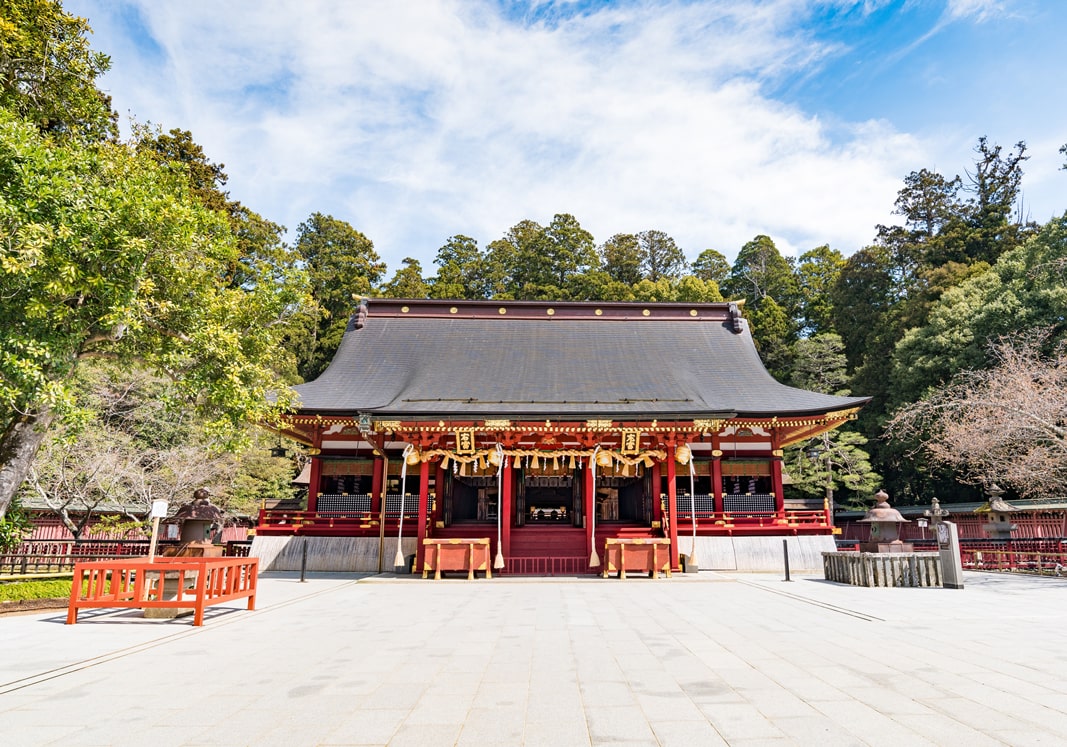
 At a Jinja
At a Jinja
Jinja are sacred spaces that enshrine one or more kami. There are thousands of them, across the whole of Japan.
People visit them to pay their respects to the kami when they are passing, to offer thanks for blessings received, to participate in festivals called matsuri, or to make particular requests of the kami, called gokito.
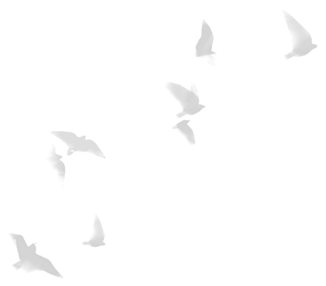
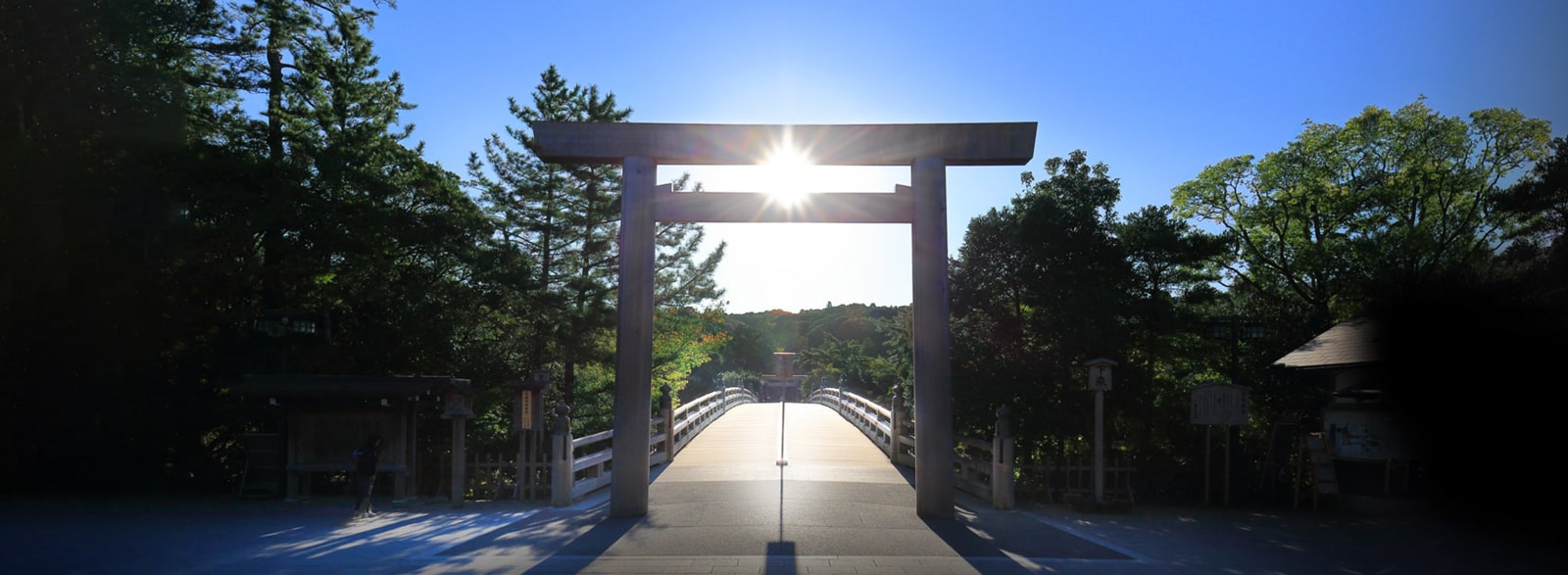
 Ise Jingu
Ise Jingu
Ise Jingu enshrines Amaterasu-Omikami, the ancestral kami of the Imperial family.
It is located in central Japan, and is considered to be the most sacred site of Shinto.
Every year, over a thousand matsuri are celebrated, and around 10 million people visit.
Q&A
The history of Shinto can be traced back to ancient times. It developed naturally along with the emergence of Japanese culture and life-cycle ceremonies. Shinto does not have a founder.
Shinto is not the sort of thing that you convert to. You are welcome to practise Shinto, both by visiting jinja in Japan, and in personal practice at home, but there is no equivalent of Christian baptism. Shinto is something that you do, rather than something that you are, and the practice of Shinto is regarded as entirely compatible with adherence to another religion, or with having no religion. Indeed, most people who practise Shinto in Japan would describe themselves as either having no religion, or as being Buddhist.
The daily duties for both miko and priests begin with the cleaning of the jinja grounds. Following this, a ceremony for the offering of food and drink to the kami is conducted accompanied by a purification ritual for the area and participants. In addition to the daily rites conducted by priests, jinja hold a multitude of ritual events throughout the year. Miko assist the priests in many ceremonies as well as offer amulets. They also perform sacred dance at most large jinja. It is important to note that many jinja do not have miko.
Yes, toss some coins in the offering box, bow twice deeply, clap your hands twice, and bow once again. If you wish to make a special prayer, please do so in a quiet and respectful manner after clapping.
Jinja Honcho was established in 1946 to support the jinja of Japan.
Ever since, we have striven to preserve Japanese traditions, promote matsuri, and maintain each jinja as the heart of its local community.
